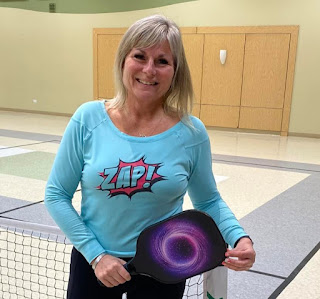7 main Snowboarding Disciplines
7 main Snowboarding Disciplines
If you want to compete or just learn about the many snowboarding disciplines so you know what you're seeing on TV, I'm here to help.
 |
| Snowboarding Disciplines |
There are 7 major snowboarding disciplines.
1. Slopestyle
This is now one of the most popular styles of snowboarding and one of my favorites to see. If you're familiar with Mark McMorris, the growing snowboard icon, you're familiar with Slopestyle snowboarding. The Slopestyle competition is thrilling because of the variety of elements. A panel of judges assigns a score after competitors hit enormous jumps and a variety of terrain park elements all in one run.
2. Freestyle Big Air
This event has a high risk and a big return. Competitors achieve incredible speeds, do massive leaps, and perform a variety of feats while in the air. Athletes compete for the greatest possible score as determined by a panel of judges. Snowboarders strive to do dangerous, stylish, and clean tricks and landings in order to win high marks from the judges.
3. Freestyle Halfpipe
This competition encourages athletes to demonstrate their style and talents on a halfpipe up to 22 feet tall. A panel of judges scores competitors when they build speed and complete maneuvers like as grabs and flips while airborne. This event has increased in popularity in recent years, and I believe it will continue to develop in the future.
4. Alpine Parallel Slalom
Two contestants race at the same time on different tracks roughly 10-15 meters apart in this event. During the qualifying phase, competitors compete to be one of the sixteen quickest racers to advance to the elimination round. The elimination round consists of head-to-head races in which racers strive to outperform their opponent. Each competitor pair races twice. The racers exchange courses for the second race, and the quickest of the first race has a head start of the same amount of time they had after the first race.
5. Snowboardcross
This event has banked curves and tiny jumps that allow racers to fly through the air. Competitors finish the route separately and are assigned starting places based on their race time. Four participants race side by side on the same track, hoping to be one of the two quickest in their race and advance to the next round. In the finals, four athletes compete for a position on the podium.
6. Alpine Parallel Giant Slalom
This event is quite similar to the previously stated Alpine Parallel Slalom, with one important difference: the lengths between gates are much greater. This enables racing speeds of up to 80km/h, a somewhat higher average than Alpine Parallel Slalom.
7. Para-Snowboardcross
With a few exceptions, this event is comparable to Snowboardcross. To begin, the course characteristics change somewhat from those of Snowboardcross in order to better suit the athletes. Second, instead of racing other participants side by side, contestants race separately for timed runs.





